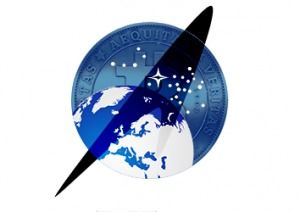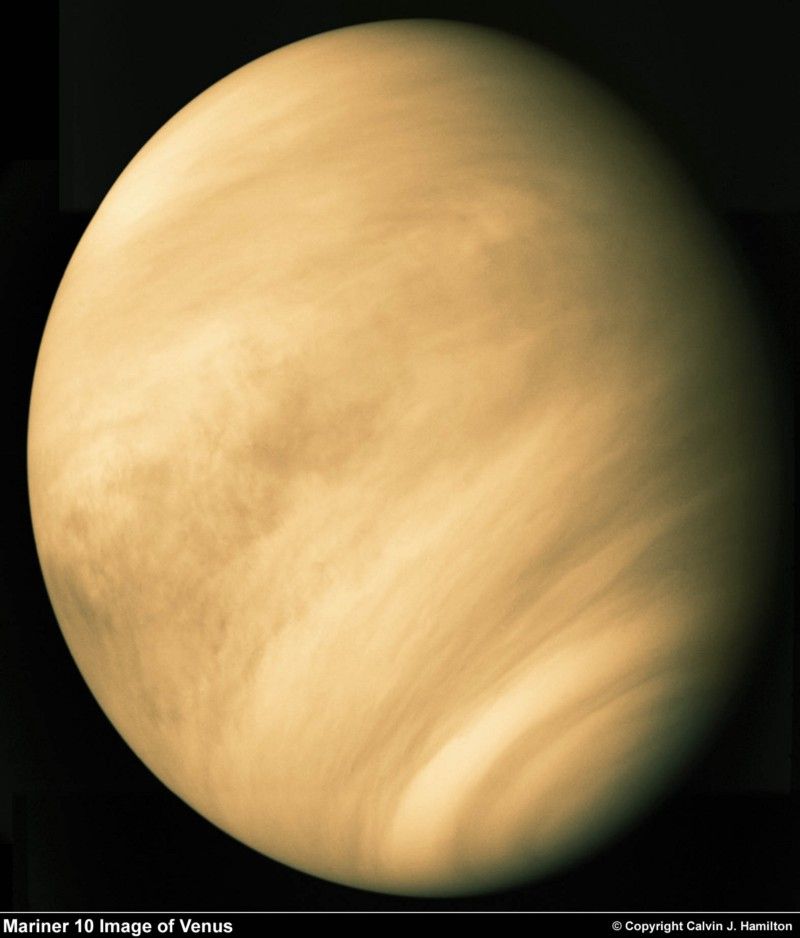By studying bears’ months-long lethargy, scientists may have stumbled on a way to prevent astronauts’ bone loss.
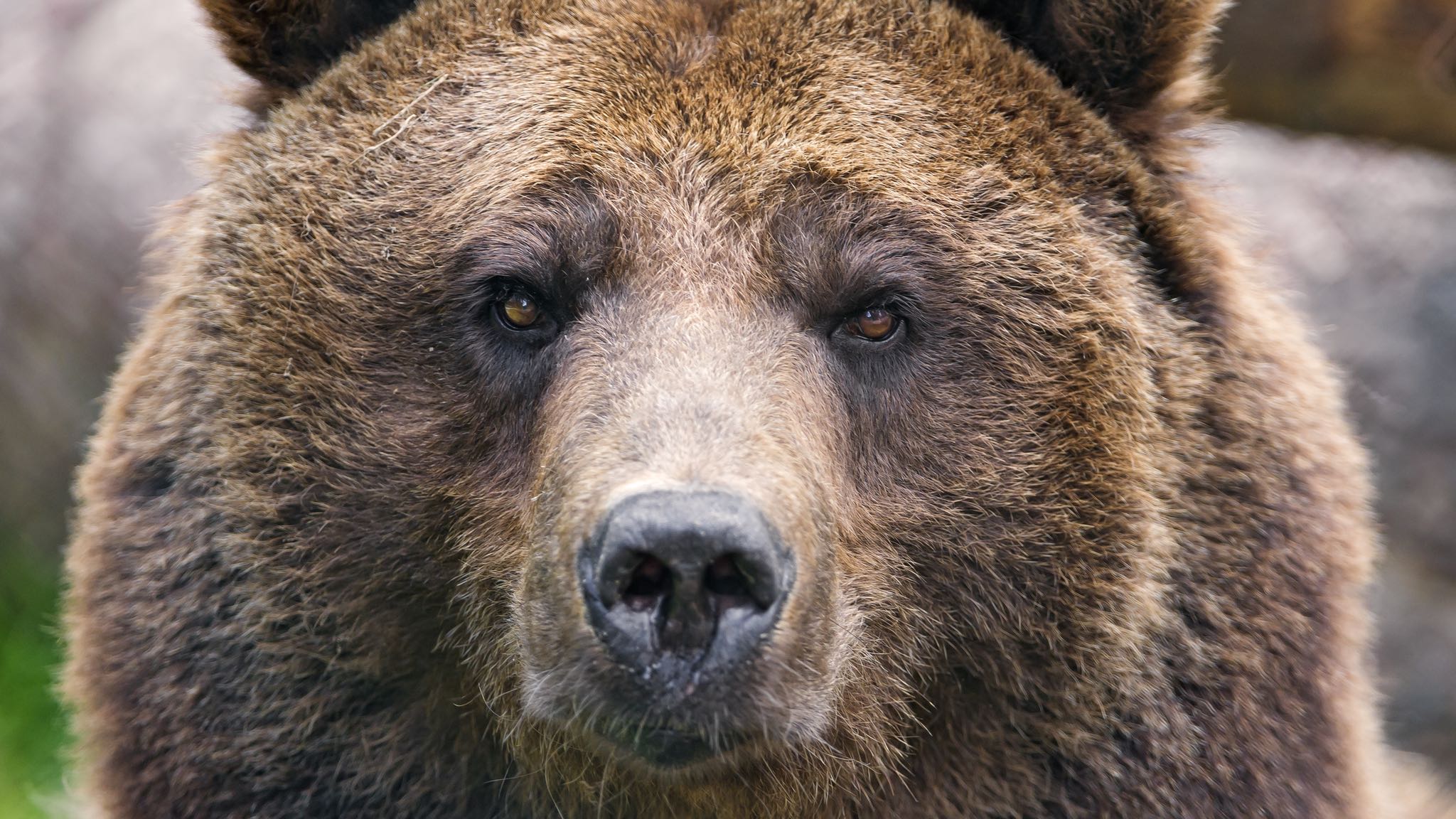

By studying bears’ months-long lethargy, scientists may have stumbled on a way to prevent astronauts’ bone loss.
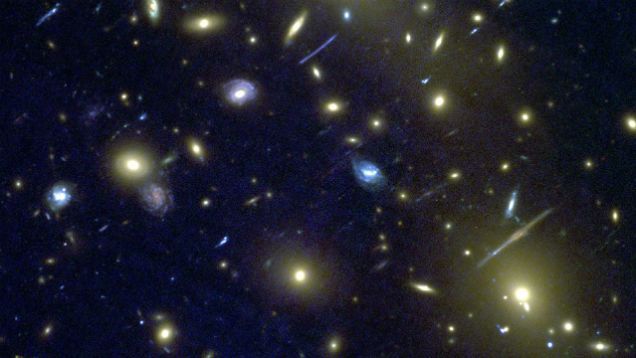
Researchers in the UK have developed a computer that can scan outer space and classify galaxy types on its own, without any human help. This image recognition AI could help develop robots that can “see” better on their own, possibly helping doctors spot tumors or airport security spot firearms.
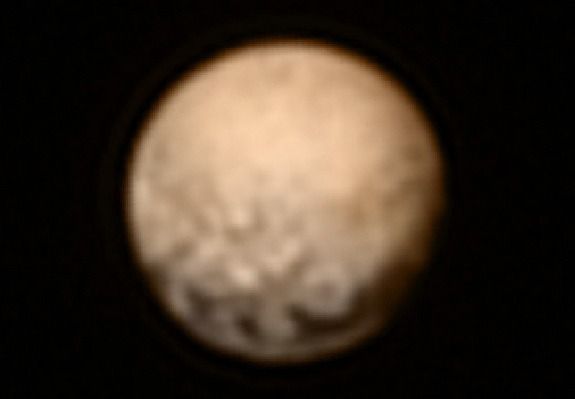
The images reveal a great deal of variation and complexity across Pluto’s surface — including the four large dark patches near the equator first spotted by New Horizons late last month. “This object is unlike any other that we have observed,” New Horizons principal investigator Alan Stern, of the Southwest Research Institute in Boulder, Colorado, said during a news briefing today (July 6). New Horizons captured the new photos last Wednesday (July 1) and Friday (July 3), shortly before suffering a glitch that sent it into a precautionary “safe mode” on Saturday (July 4).
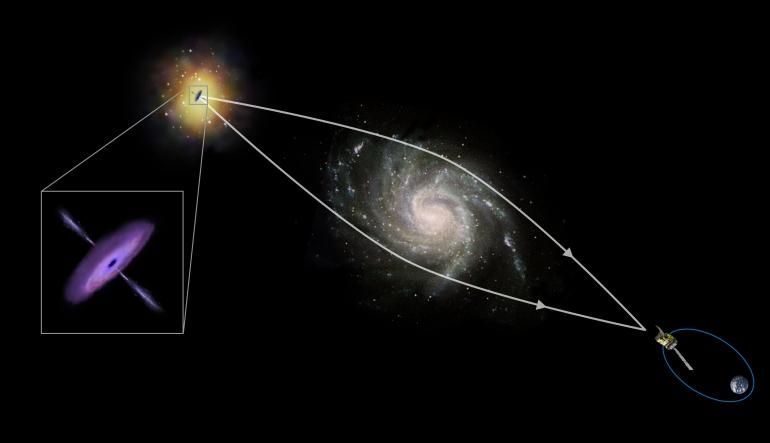
Researchers at the European Space Agency harness the natural lensing properties of cosmic gravity to get a closer look at a black hole.
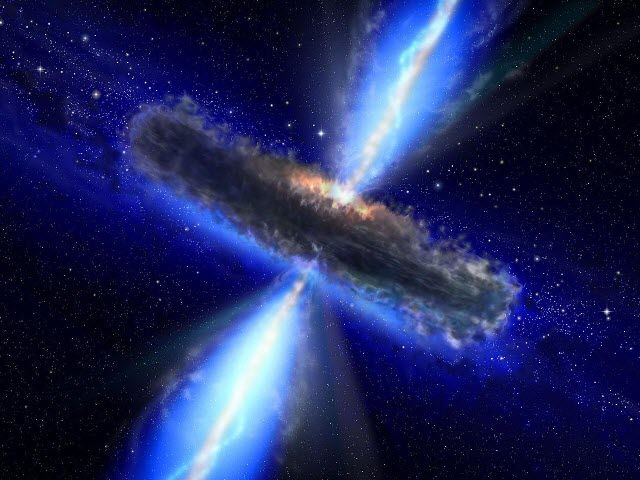
An artist’s illustration of a signs of a supermassive black hole actively feasting on its surroundings. The central black hole is hidden from direct view by a thick layer of encircling gas and dust. (credit: NASA/ESA)
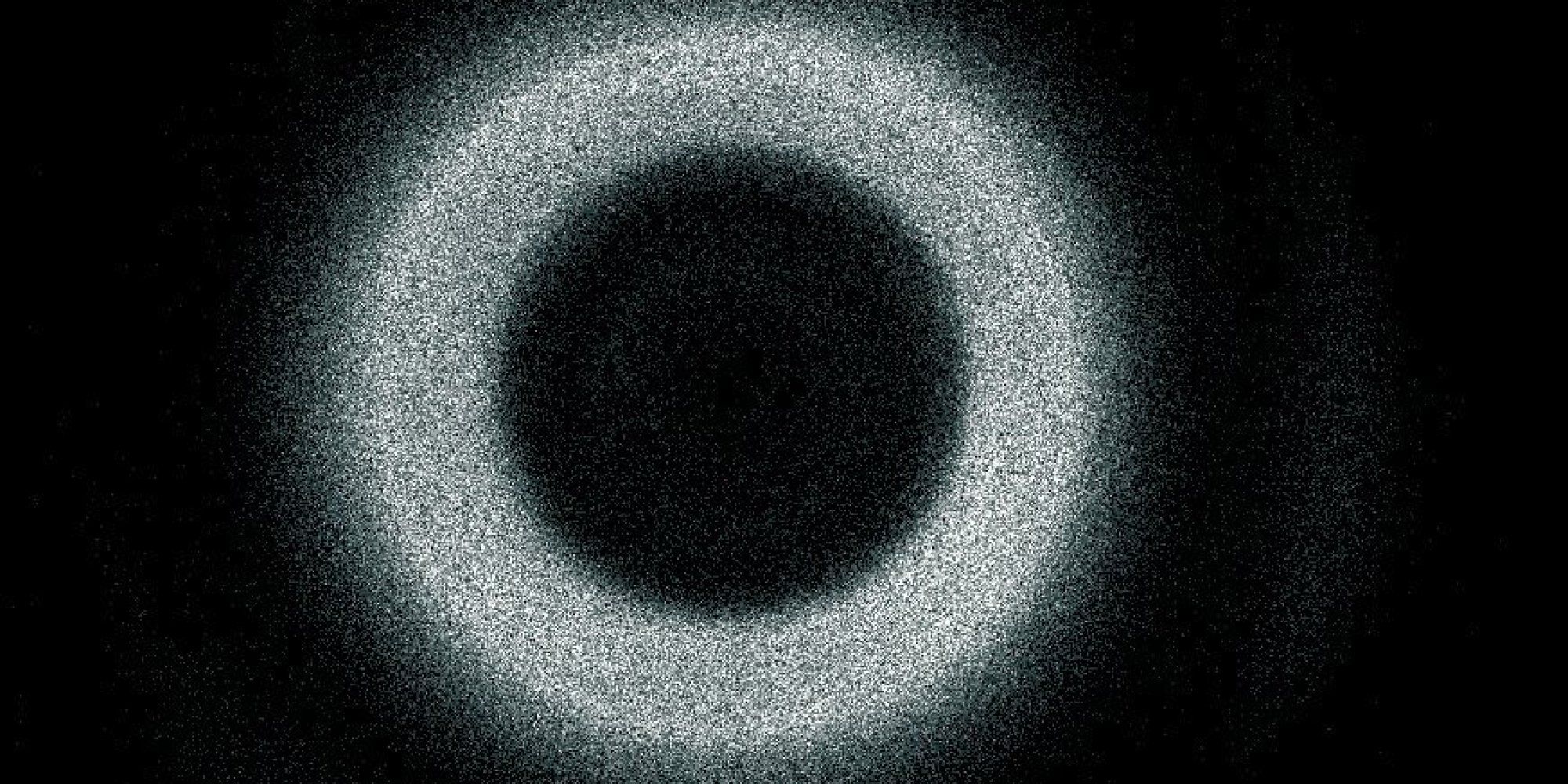
If you think asteroids are rare, it’s only because they’re so small and dark and hard to see. An eye-opening new video (above) shows what the night sky would look like if we could see the near-Earth asteroids astronomers have discovered — it’s quite a swarm.
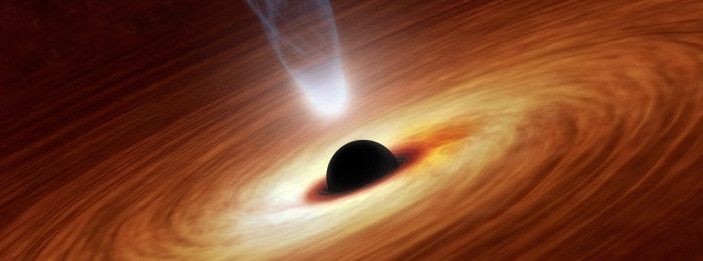
[from Engadget]
Black holes are, by definition, impossible to see by conventional methods and are often further obscured by thick blankets of dust or gas. But that’s not an issue for NASA’s Nuclear Spectroscopic Telescope Array (NuSTAR). It can peek through the obscuring layers and monitor the black holes via the high-energy X-rays that they emit. And, after a recent survey that spotted five previously unknown supermassive black holes in the centers of various galaxies, NASA researchers now think there could be millions of of them dotting the Universe like the holes of an intergalactic colander.
“Thanks to NuSTAR, for the first time, we have been able to clearly identify these hidden monsters that are predicted to be there, but have previously been elusive because of their surrounding cocoons of material,” said George Lansbury of Durham University in a statement. “Although we have only detected five of these hidden supermassive black holes, when we extrapolate our results across the whole universe, then the predicted numbers are huge and in agreement with what we would expect to see.” The team’s research has been accepted for publication in The Astrophysical Journal.
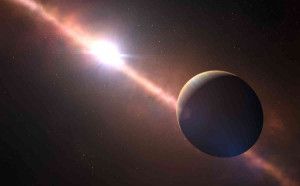
According to the reputable Australian astro-enthusiast journal, SkyNews, a leading biologist says that it is surprising we have not already discovered extra-terrestrials that look like us — given the growing number of Earth-like planets now discovered by astronomers.
Simon Conway Morris, an evolutionary biologist suggests that aliens resembling humans must have evolved on other planets. He bases the claim on evidence that different species will independently develop similar features which means that life similar to that on Earth would also develop on equivalent planets.
The theory, known as convergence, says evolution is a predictable process which follows a rigid set of rules. Read the full story at Skynews…
__________
Philip Raymond is Co-Chair of The Cryptocurrency Standards
Association [crypsa.org] and chief editor at AWildDuck.com
